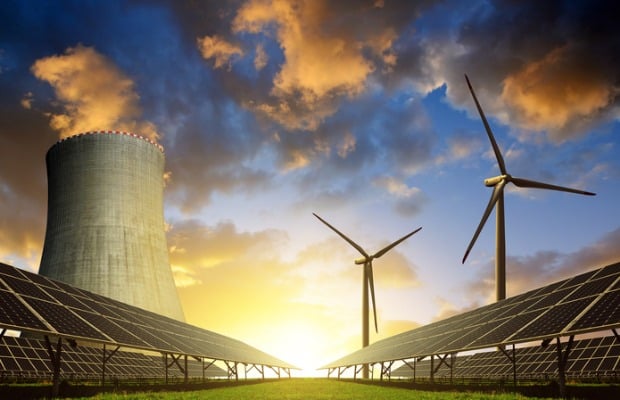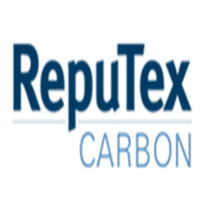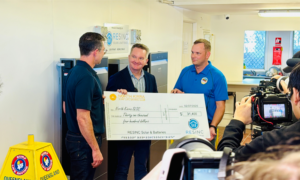Australia is on track to achieve a 50 per cent renewable energy target by 2030, regardless of federal policy intervention. This is due to the country meeting state renewable energy targets.
That’s the finding of new modelling by energy analyst firm RepuTex. Its latest research projects renewable energy generation growing to 52 per cent of electricity in the National Electricity Market (NEM) by 2030. This growth is largely due to state renewable energy targets, according to the report.
Queensland’s Renewable Energy Target, QRET will drive around 20,500 GWh of new renewable energy generation into the NEM. In addition, Victoria’s VRET will see a further 3,500 MW of renewable capacity added to the nation.
Record growth in solar, wind, speeds decline in coal

Installations of rooftop solar power is at record breaking levels, and should remain so, the RepuTex report claims. Indeed, rooftop solar is forecast to contribute half the renewable capacity needed for the NEM to reach 50 per cent renewable energy by 2030.
Australia’s current renewable development pipeline will deliver 6 GW of new solar and wind power by 2021. Add this to the nation’s 27 GW of existing renewable capacity and real pressure mounts on the demand for coal-fired power.
This competitive price of this low-cost supply will significantly limit demand for fossil fuel generation, according to the report.
As a result, wind and solar projects, plus steady increases in rooftop solar generation will see coal slowly decline in Australia’s energy mix.
This capacity, the report states, will be supported by pumped-hydro storage – specifically the deployment of Snowy 2.0 in 2024-25.
Furthermore, transmission upgrades and completion of the QRET will eliminate the need for an additional 3 GW of coal power by 2030. At the same time, it will likely see renewables grow to 52 per cent of electricity in the NEM.
State renewable energy targets drive power market
State-based renewable energy policy is currently the dominant price signal for investment across the NEM.
RepuTex predicts these programs will drive reductions in wholesale electricity prices from $85/MWh to $70/MWh over the next three years. This downward trajectory has come largely from continued uptake of large wind and solar projects under the QRET and Victoria’s VRET.
State incentives for small-scale solar power systems and battery storage have also contributed to falling wholesale costs.
However, RepuTex warns that a lack of federal energy policy could drive wholesale prices back above $100/MWh.
The government must plan for the eventual closure of coal-fired generation, the report says. Otherwise, the nation could return to volatile price fluctuations and reduced investment in renewables.












































